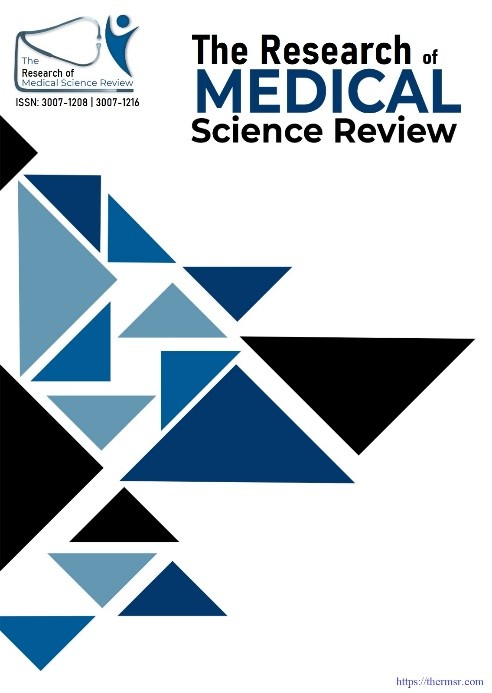COMPARISON OF RATE OF INFECTION IN INTRAMEDULLARY NAILING AND EXTERNAL FIXATION IN PATIENTS WITH OPEN FRACTURE OF TIBIA
Main Article Content
Abstract
Background: Open tibial fractures represent a significant orthopedic challenge with high risks of infection and nonunion. While both intramedullary nailing (IMN) and external fixation (EF) are established treatments, controversy persists regarding their comparative effectiveness in preventing postoperative infections. This study aimed to compare infection rates between these techniques while identifying patient subgroups that benefit most from each approach.
Methods: A prospective descriptive study was conducted at Khyber Teaching Hospital, Peshawar, over six months (November 2024-April 2025). We enrolled 148 male and female patients (18-60 years) with open tibial fractures (Gustilo-Anderson classification). Participants were equally divided into IMN (n=74) and EF (n=74) groups via consecutive sampling. Surgical procedures followed standardized protocols, with postoperative infection (primary outcome) assessed at 15 days using strict clinical criteria (erythema >1cm, tenderness, purulent discharge). Data analysis employed IBM SPSS v25, with chi-square tests (p≤0.05 significant) and stratification by demographic/clinical variables.
Results: The overall post-operative infection rate was 32.4%. The infection rate was significantly lower in IMN (17.6% vs 47.3%, p<0.001). Subgroup analyses revealed particularly strong IMN benefits (p≤0.05) for males, patients with age <40 years, BMI ≥25 kg/m², and delayed surgeries ≥24 hours. Rural residents and non-diabetics also showed superior outcomes with IMN.
Conclusion: IMN demonstrates superior infection prevention in open tibial fractures, particularly for males, younger patients, obese individuals, and delayed presentations. These findings support IMN as the preferred fixation method for most patients, though EF remains valuable in specific scenarios (e.g., polytrauma). Future multicenter studies should validate these subgroup-specific recommendations and investigate long-term functional outcomes.
Downloads
Article Details
Section

This work is licensed under a Creative Commons Attribution-NonCommercial-NoDerivatives 4.0 International License.
